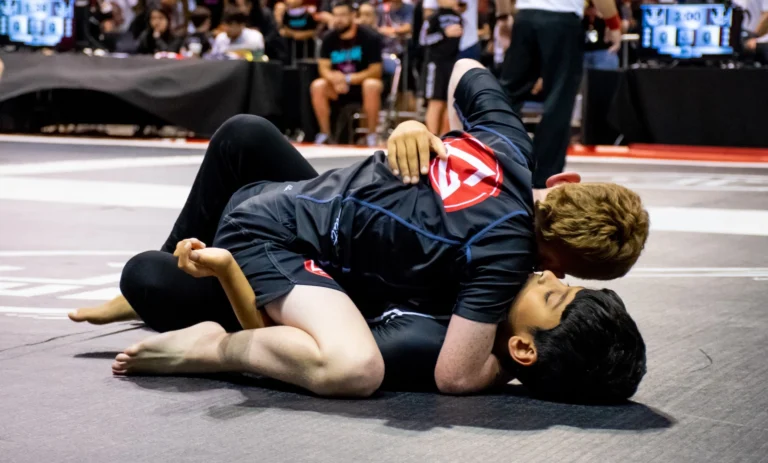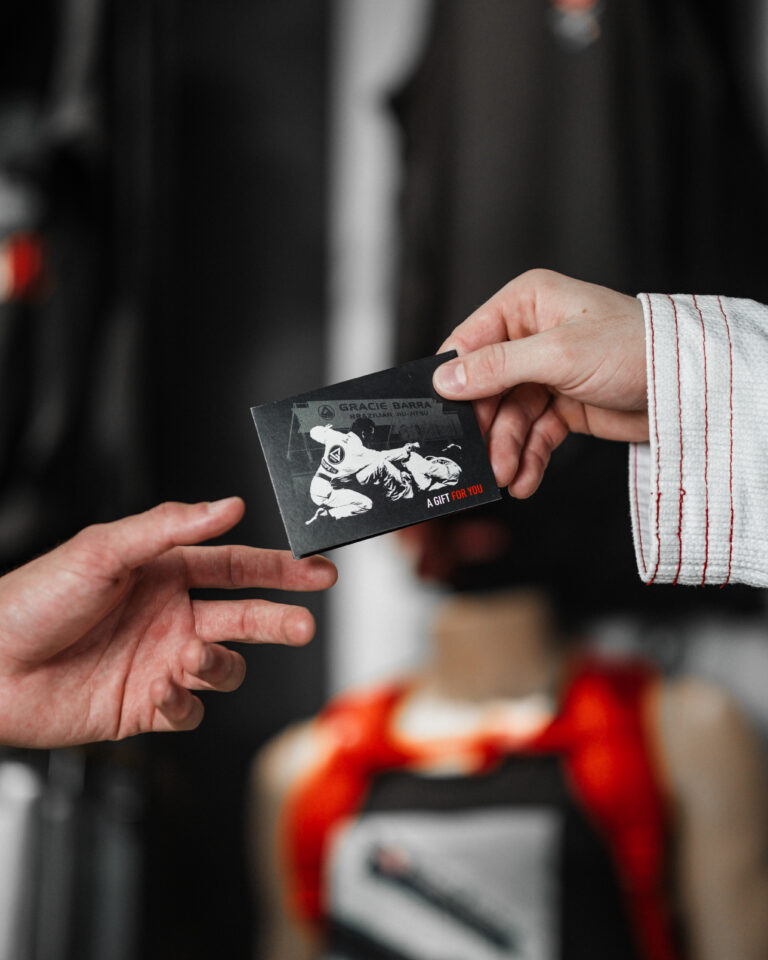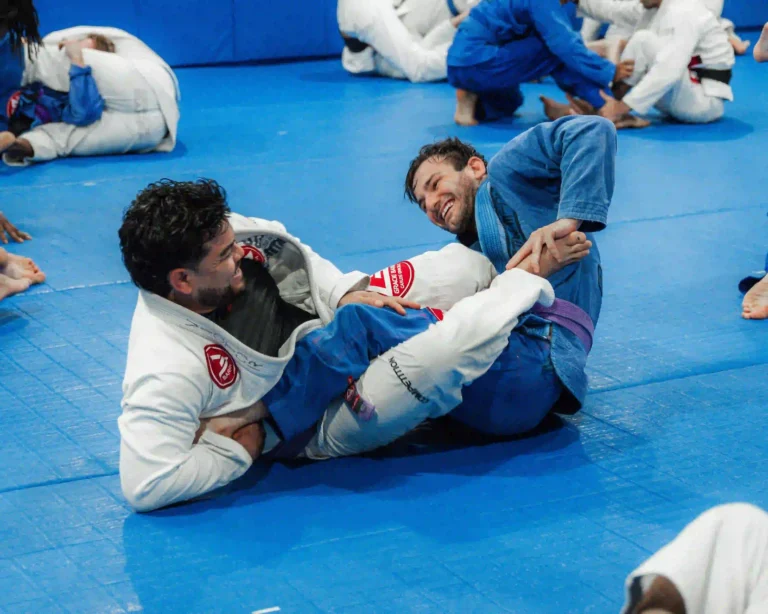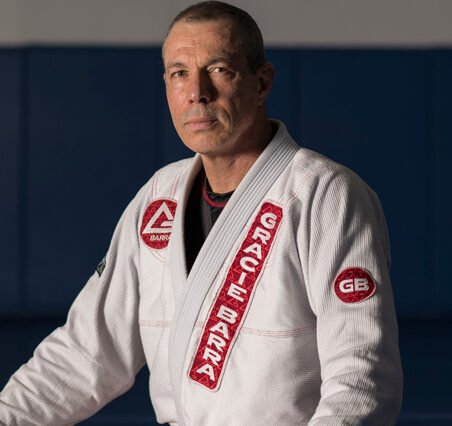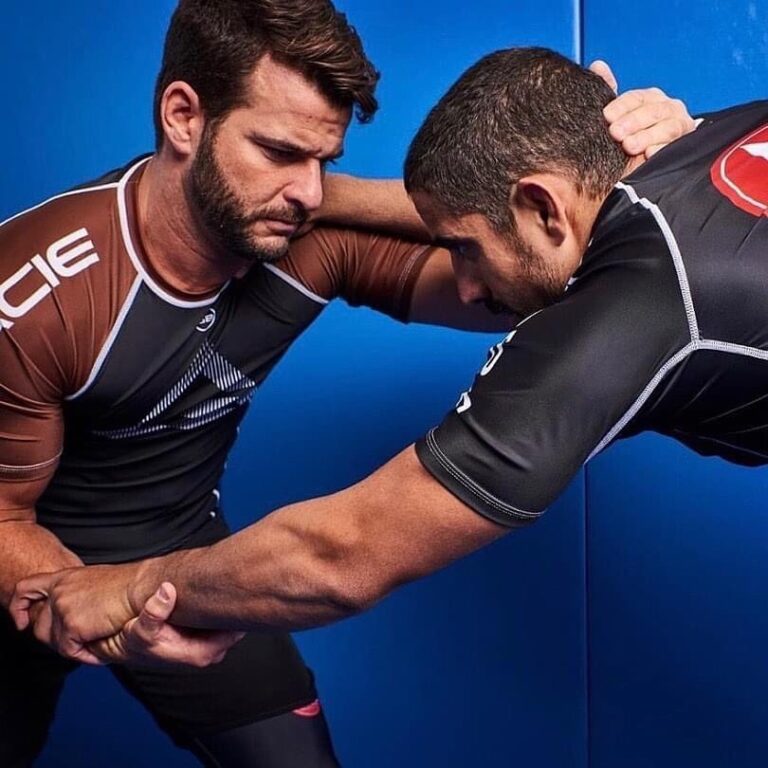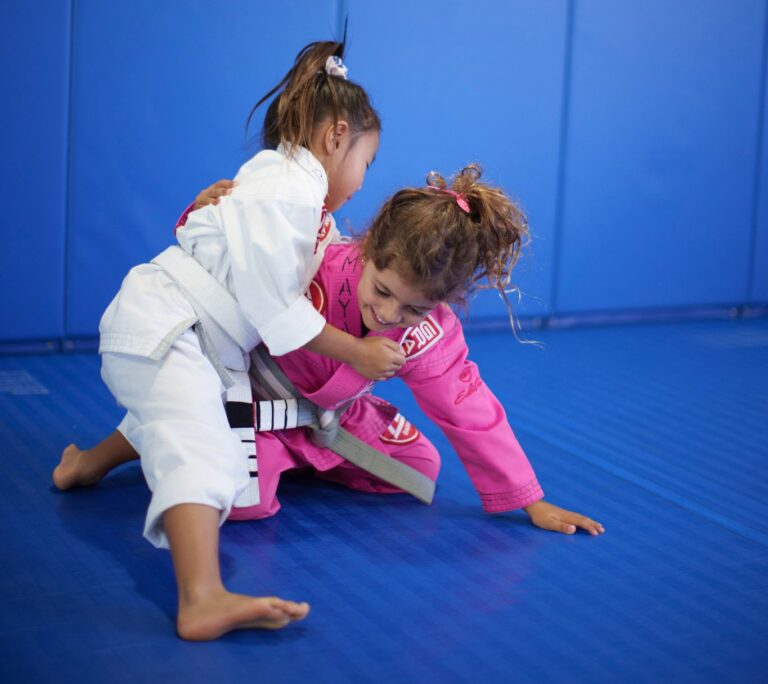Gracie Barra Headquarters California: The Most Efficient Submissions in Jiu-Jitsu Championships
In competitive Brazilian Jiu-Jitsu, submissions are key. They are the decisive moment, ending the fight and crowning the winner. While scoring and positional control are crucial, submitting an opponent under championship pressure marks an elite athlete. The pursuit of the perfect submission drives innovation and technical refinement. At Gracie Barra Headquarters in California, the birthplace of BJJ excellence, we intensely focus on mastering the most efficient submissions. This prepares our students for victory at the highest level.
Learn More About Brazilian Jiu Jitsu
This article will delve into the most effective and frequently used submissions in major Jiu-Jitsu championships. We will analyze their mechanics, strategic applications, and why champions prefer them. Understanding and mastering these submissions is essential for any competitor aiming for the podium. It’s also vital for any practitioner seeking to deepen their understanding of the gentle art.

The Essence of Submission in Competition
In a Jiu-Jitsu championship, a submission is more than just a victory. It’s a declaration of technical and strategic superiority. A clean, decisive submission can end the fight instantly, regardless of the score. This is often the primary goal for aggressive and confident athletes.
Several factors determine a submission’s effectiveness in competition:
Positional Control: Most successful submissions come from dominant control positions. These include mount, back control, or side control.
Chaining Attacks: Elite athletes rarely seek a single submission. Instead, they chain attacks. They use the defense of one attack to open the way for another.
Timing and Opportunity: Identifying and capitalizing on the right moment to apply the submission is crucial.
Pressure and Wear: Effective submissions often follow a period of pressure and wear. This exhausts the opponent, making them vulnerable.
Adaptation: Adapting the submission to the opponent’s resistance and defensive movements is fundamental.
At Gracie Barra Headquarters in California, our training programs emphasize building a strong submission game. This integrates positional control, fluid transitions, and a diverse arsenal of attacks.
Dominant Submissions in Jiu-Jitsu Championships
Jiu-Jitsu offers a vast array of submissions. However, some stand out for their consistency and effectiveness in high-pressure environments like championships. Let’s explore the most prominent ones:
1. Rear Naked Choke (RNC)
Many consider the Rear Naked Choke the “queen submission” of Jiu-Jitsu. It is one of the most efficient and common techniques in competitions. Its effectiveness lies in cutting off blood flow to the brain, leading to rapid and safe unconsciousness if the opponent does not tap. Back control (with hooks) already guarantees points and a huge positional advantage.
Why it is effective in competition:
Dominant Position: Applied from the back, it’s a high-scoring and controlling BJJ position.
High Success Rate: Once well-applied, it is extremely difficult to defend or escape.
Safety: Applied correctly, it is a relatively safe submission. The opponent can tap before any damage.
Versatility: Adjust it in various ways, depending on the opponent’s reaction.
The RNC is a pillar of the Gracie Barra curriculum. We teach it from fundamentals and refine it in advanced and competition programs at our California headquarters.
2. Triangle Choke
The Triangle is a leg choke. It attacks the opponent’s neck and arm, cutting off blood flow from both sides. This versatile submission can be applied from various guard positions, making it a powerful weapon for guard players.
Why it is effective in competition:
Attack from Guard: Apply it from various guards (Open Guard, Closed Guard, Spider Guard) to surprise the opponent.
Posture Control: Locking in the triangle breaks the opponent’s posture, hindering their defense.
Multiple Threats: The triangle often opens the way for other attacks, like armlocks and omoplatas, if the opponent tries to defend.
Efficiency: Once adjusted, it is a very potent choke.
Competition training at Gracie Barra Headquarters deepens the Triangle’s complexity and variations. Athletes learn to chain attacks for maximum chances.
3. Armlock (Armbar)
The Armlock, or armbar, is an iconic and fundamental Jiu-Jitsu submission. It aims to hyperextend the opponent’s elbow joint. Apply it from a wide range of positions, both from top and bottom, making it a constant threat.
Why it is effective in competition:
Universality: Apply it from almost all control and guard positions (mount, side control, back, closed guard, spider guard, etc.).
Logical Transitions: It often naturally arises when the opponent defends a choke or a sweep.
Leverage Force: Use body leverage to apply pressure to the joint, requiring less brute force.
Variations: It has numerous variations (Guard Armlock, Mount Armlock, Flying Armlock), making it adaptable to various situations.
The Armlock is one of the first submissions taught at Gracie Barra. Its high-speed, high-pressure application is a constant focus in the headquarters’ training.
4. Kimura (Double Wristlock)
The Kimura is a shoulder lock. It targets the opponent’s shoulder joint, forcing it into external rotation and abduction. It is a powerful submission and an excellent tool for positional control and transition.
Why it is effective in competition:
Control and Submission: Beyond being a potent submission, the Kimura is a positional control tool. It allows the athlete to sweep, pass the guard, or transition to the back.
Attack from Various Positions: Apply it from closed guard, side control, mount, and even standing.
Wear and Openings: The Kimura threat forces the opponent to react, creating openings for other attacks or positional advancement.
Effectiveness on the Ground: It is extremely effective on the ground, where wrist and elbow control are easier.
The Kimura is a complex submission requiring precision. Its detailed instruction at Gracie Barra Headquarters in California focuses on its applications as a standalone attack and as part of sequences.
5. Americana (Keylock)
The Americana is another shoulder lock. It targets the shoulder joint in an internal rotation and abduction movement. It is often applied from superior control positions, such as mount or side control.
Why it is effective in competition:
Positional Control: This submission fits well with positional control. It allows the athlete to maintain dominance while attacking.
Surprise: Often, the opponent does not perceive the threat until it is too late, especially if the attack is disguised.
Increasing Pressure: Apply pressure gradually, wearing down the opponent’s defense.
Complement to Kimura: The Americana and Kimura are often taught together. The defense of one can lead to the other.
At Gracie Barra Headquarters, students learn to use the Americana as a control submission. They maximize pressure and safety before the tap.
6. Guillotine Choke
The Guillotine is a neck choke. Apply it from various positions, including standing, guard, or from top. It is particularly effective when the opponent lowers their head or attempts a takedown.
Why it is effective in competition:
Quick Transition: Apply it very quickly in transitions or when the opponent makes a posture mistake.
Takedown Counter: It is an excellent counter-attack for opponent’s takedown attempts. It turns their attack into your submission.
Positional Versatility: Finish it from various positions, including closed guard, side control, or mount.
Power: A very potent choke that can lead to a tap quickly.
The Guillotine is a high-risk, high-reward submission. Its precise execution is a focus in the competition training at Gracie Barra Headquarters California.
7. Leg Attacks (Leg Locks – Heel Hook, Kneebar, Toe Hold)
Rules vary between federations and belt ranks. Nevertheless, leg attacks like the Heel Hook, Kneebar, and Toe Hold are undeniably efficient and devastating submissions in modern competitive Jiu-Jitsu. This is especially true at brown and black belt levels and in No-Gi competitions.
Why they are effective in competition:
Difficulty of Defense: Often, leg attacks are hard to defend if the opponent is not specifically trained for them.
High Risk/High Reward: They can end the fight quickly. However, they also require precision to avoid injury and losing position.
Growing Popularity: The leg game has become a crucial part of elite competitors’ arsenal as the sport evolves.
Transitions: Access them from various guards and transitions, such as X-Guard, Single Leg X, and 50/50.
At Gracie Barra Headquarters, we teach leg attacks with utmost responsibility and attention to safety. This ensures students understand the mechanics and applicable rules.
The Role of Gracie Barra Headquarters in California in Mastering Submissions
Gracie Barra Headquarters in California is more than an academy. It is a research and development center for Brazilian Jiu-Jitsu. Our training programs equip students with a complete arsenal of submissions. This ranges from fundamentals to the most advanced and competition-specific techniques.
How the headquarters helps you master submissions:
Elite Instruction: Our professors, many of whom are champions and masters of the art, provide detailed instruction. This covers the mechanics, adjustments, and strategies for each submission.
Comprehensive Curriculum: The Gracie Barra curriculum ensures logical progression. It teaches submissions in context with control positions and transitions.
Competition-Specific Training: Our competition classes focus on applying submissions under pressure. This includes chaining attacks and defending against opponent’s submissions.
Learning Environment: The headquarters’ environment offers countless opportunities to practice and refine your submissions. You’ll train with practitioners of all levels and from all over the world.
Continuous Innovation: We stay updated with the latest trends and developments in competitive Jiu-Jitsu. This ensures our students learn the most effective and relevant submissions.
Discover Gracie Barra Headquarters
Submit with Confidence at Gracie Barra Headquarters
Mastering submissions distinguishes a good fighter from a great champion in competitive Jiu-Jitsu. Submissions like the Rear Naked Choke, Triangle, Armlock, Kimura, Americana, Guillotine, and leg attacks are elite tools. They allow athletes to end the fight decisively.
At Gracie Barra Headquarters in California, you will find the necessary environment, instruction, and community. Master these submissions and take your game to the next level. Whether you are a beginner building a solid foundation or an experienced competitor refining your arsenal, our headquarters is the place where champions are forged. The art of submission is taught here with unparalleled excellence. Come train with us. Discover the power to submit your opponents with confidence and precision.



